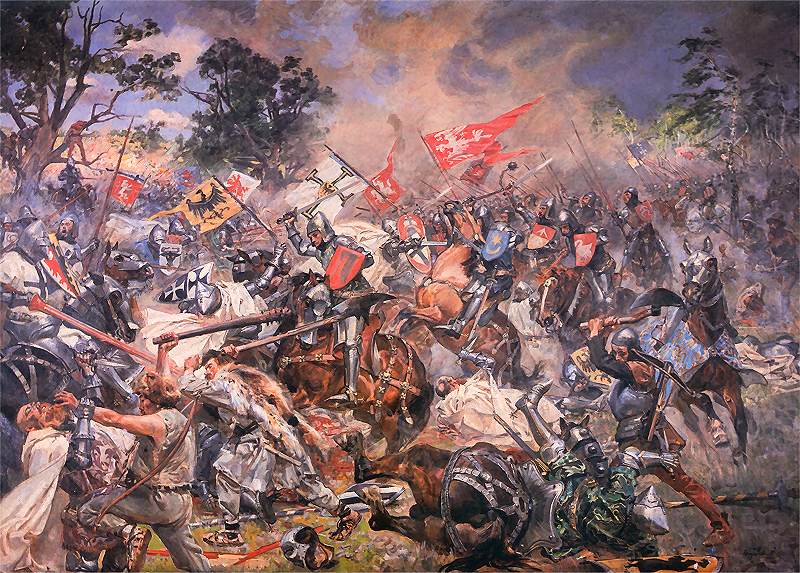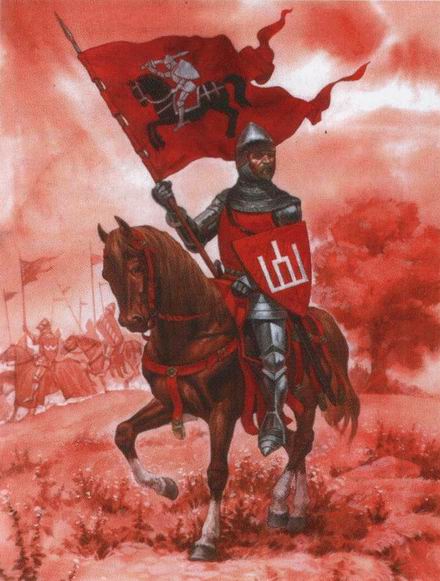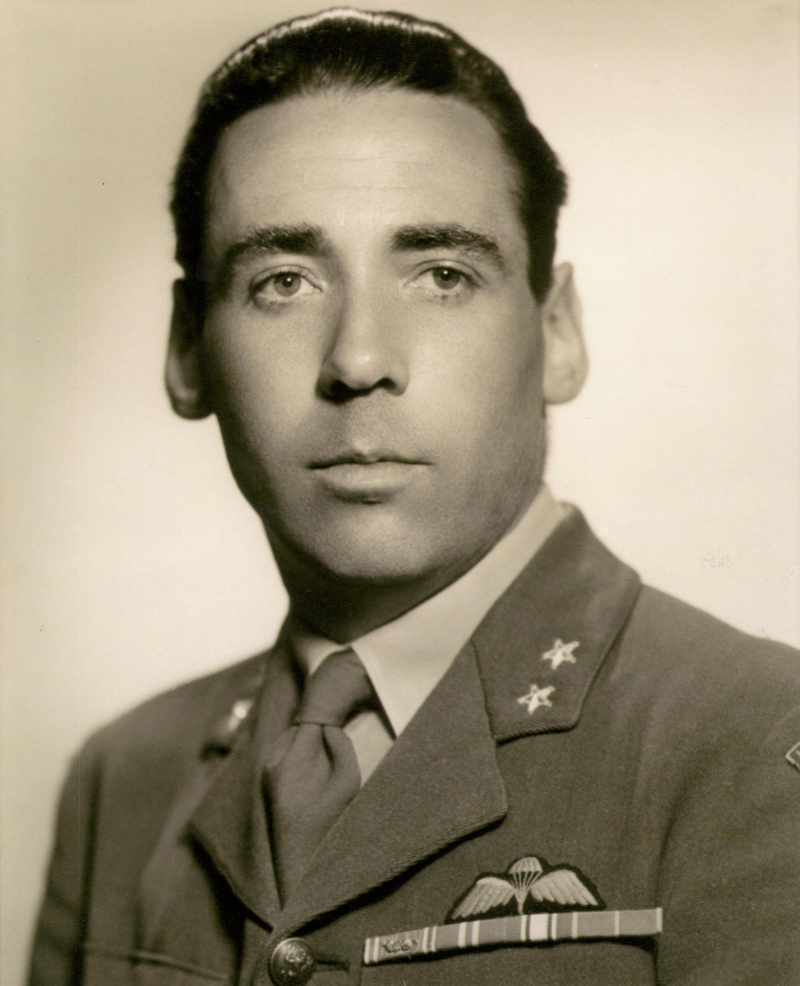Cockaigne or Cockayne is a land of plenty in medieval myth, an imaginary place of extreme luxury and ease where physical comforts and pleasures are always immediately at hand and where the harshness of medieval peasant life does not exist. Specifically, in poems like The Land of Cockaigne, it is a land of contraries, where all the restrictions of society are defied (abbots beaten by their monks), sexual liberty is open (nuns flipped over to show their bottoms), and food is plentiful (skies that rain cheese).

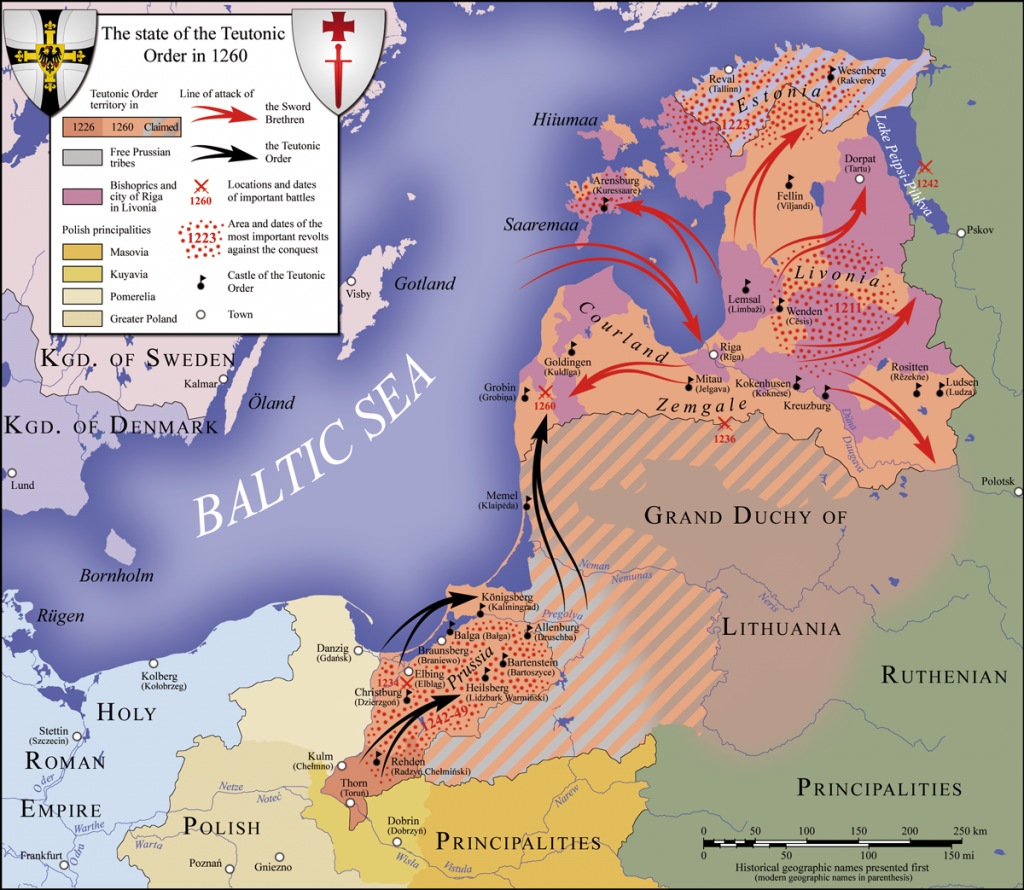
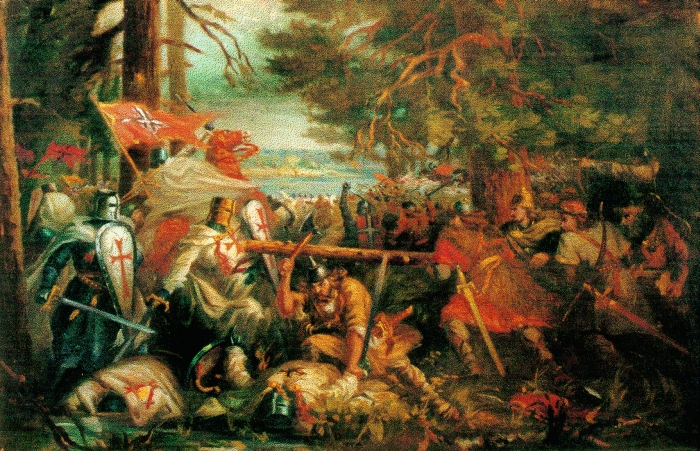
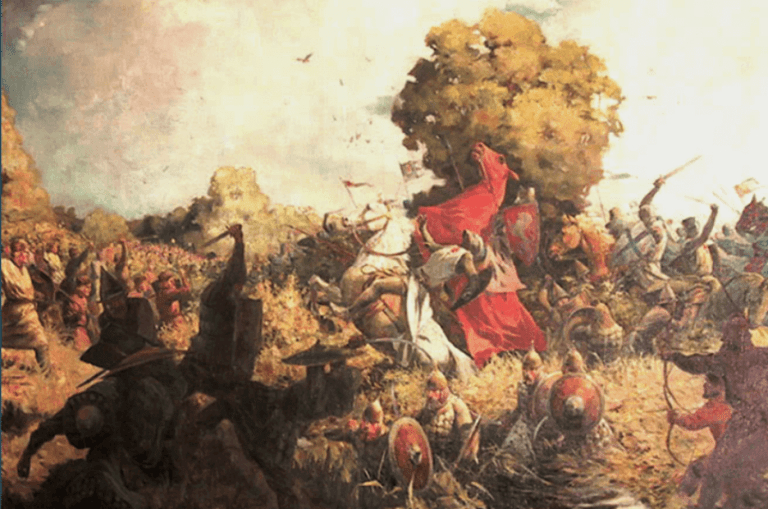

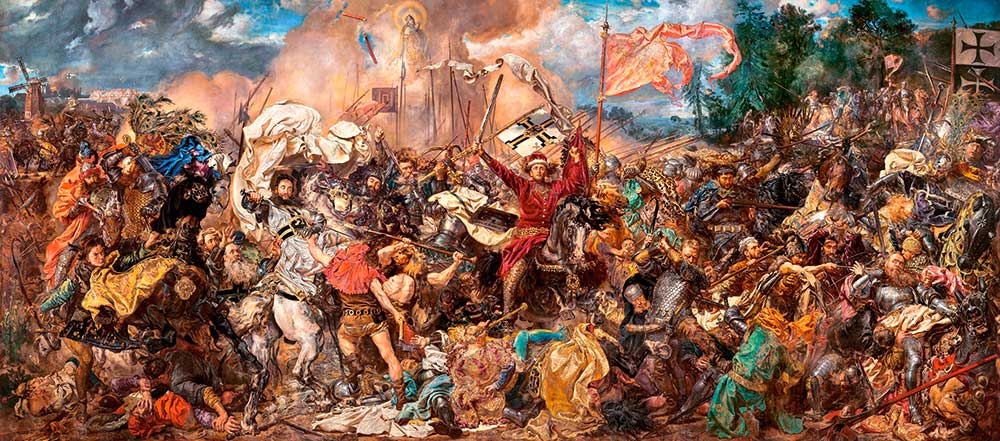
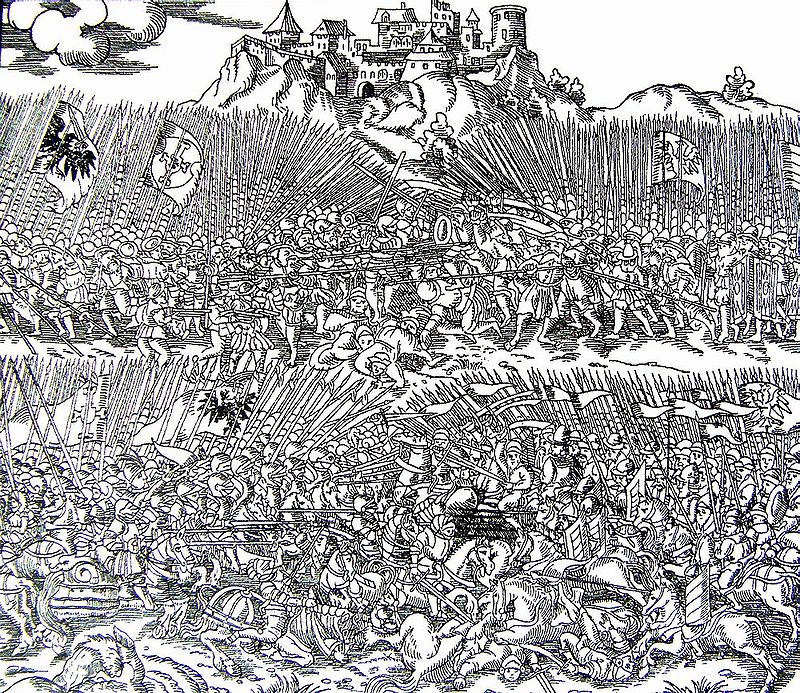


:max_bytes(150000):strip_icc()/battle-of-grunwald-large-56a61c1f5f9b58b7d0dff668.jpg)
